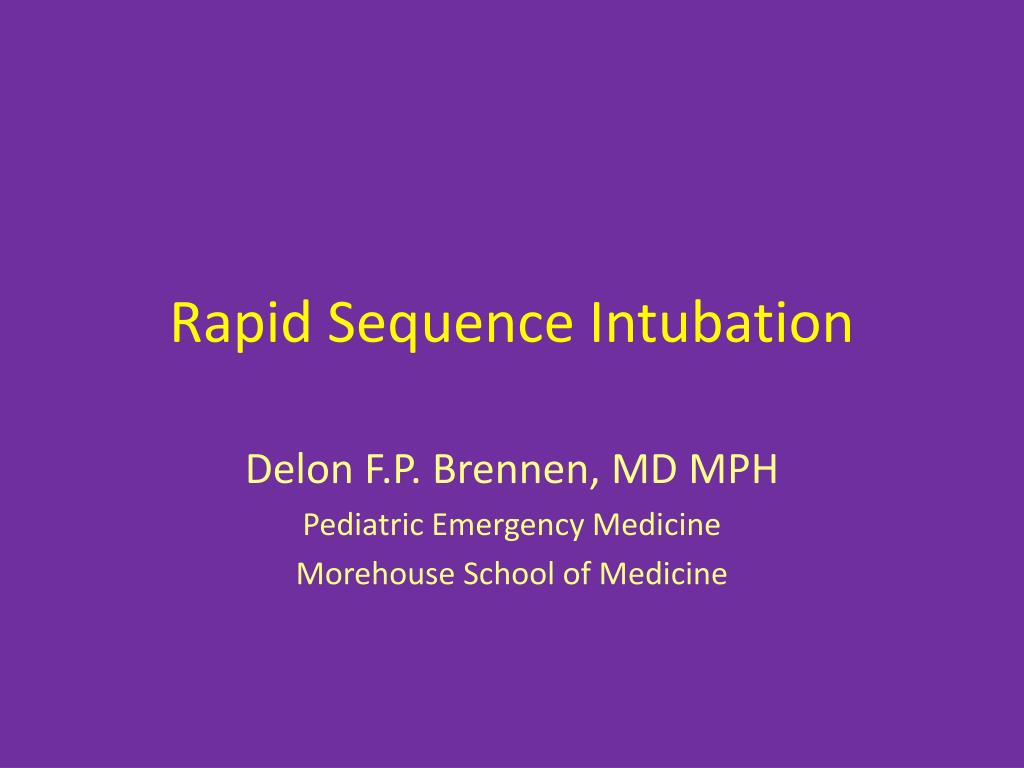

bag mask ventilation, both groups had comparable ROSC rate although the bag mask ventilation group had less severe condition and received faster treatment. In a recent study of the national database of Thailand registry that looked into the return of spontaneous circulation (ROSC) in out of hospital cardiac arrest patients who received ETI vs. There are multiple studies that have looked into the morbidity and mortality of field ETI compared to other airway management maneuvers like the use of supraglottic/extra-glottic devices or bag mask ventilation, most of the studies had an inconclusive results on survival or outcome. The fundamental role of performing ETI in the Field is to improve patient outcome. Those conflicting result highlights the importance of the approach to airway management, experience in performing one specific procedure like ETI does not warrant a better outcome, moreover literature suggest that out of hospital ETI is not achieving the goals it intended for and that in some cases it might even cause harm. But in other studies the first-pass intubation was correlated with improved return of spontaneous circulation rate and survival. First attempt ETI among EMS providers in an Australian cohort study was found to be around 80%, non the less, the paramedic experience was not associated with improved patient survival.


The performance of ETI requires advanced training and highly skilled personnel, keeping in mind that out of hospital ETI is carried out in suboptimal environment and unusual positions. In general, most of the protocols suggest that advanced airway management techniques should only be carried out by appropriately skilled personnel, at the same time attention should focus on performing high quality basic airway maneuvers when personnel with advanced airway skills aren’t immediately available.Įndotracheal intubation is considered the gold standard method of airway management, which allows proper oxygenation, positive pressure ventilation, positive end-expiratory pressure (PEEP), and protection from gastric content aspiration. Although there are noticeable differences in EMS infrastructure in different countries which are reflected in those different guidelines, needless to say the purpose of those guidelines is the same, with the main focus being the patient safety.

Over the years prehospital airway management has become progressively formalized, local and international associations in different countries has put in place guidelines to improve patient safety and standardize the process. In addition to the logistic challenges an effort in identifying the patient who need urgent advanced airway management techniques from those whom basic airway maneuvers are adequate. Achieving a successful airway management requires a collection of adjustments that involve equipment, personnel and medication in a simultaneous fashion. The majority of the Emergency Medical Service (EMS) systems around the world utilize non-physician providers, while in other countries they do operate with a physician staffed EMS.Īirway management in the prehospital setting has major challenges. Intermediate and advanced skills are performed by emergency medical service responders, who also have a variable level of training. For example, basic airway skills can be provided by a lay person since it has been taught to the public for decades now. Prehospital airway management services are provided by a spectrum of providers who have different levels of training and skills. The spectrum of airway management outside of the hospital involves a wide array of skills and techniques, starting with basic airway skills that are included in basic life support training (BLS) such as mouth to mouth or mouth to nose ventilation and use of the simple oxygen face masks, moving to intermediate airway management techniques like bag mask ventilation or use of oral and nasal airway devices, ending with advanced airway management techniques like use of supraglottic devices, endotracheal intubation or surgical airway techniques. The advancement of pre-hospital airway control procedures and equipment represents the evolution of pre-hospital triage and emergency care. Prehospital airway management is a core component of emergency services, it is a vital and challenging skill of emergency service responders around the globe.


 0 kommentar(er)
0 kommentar(er)
